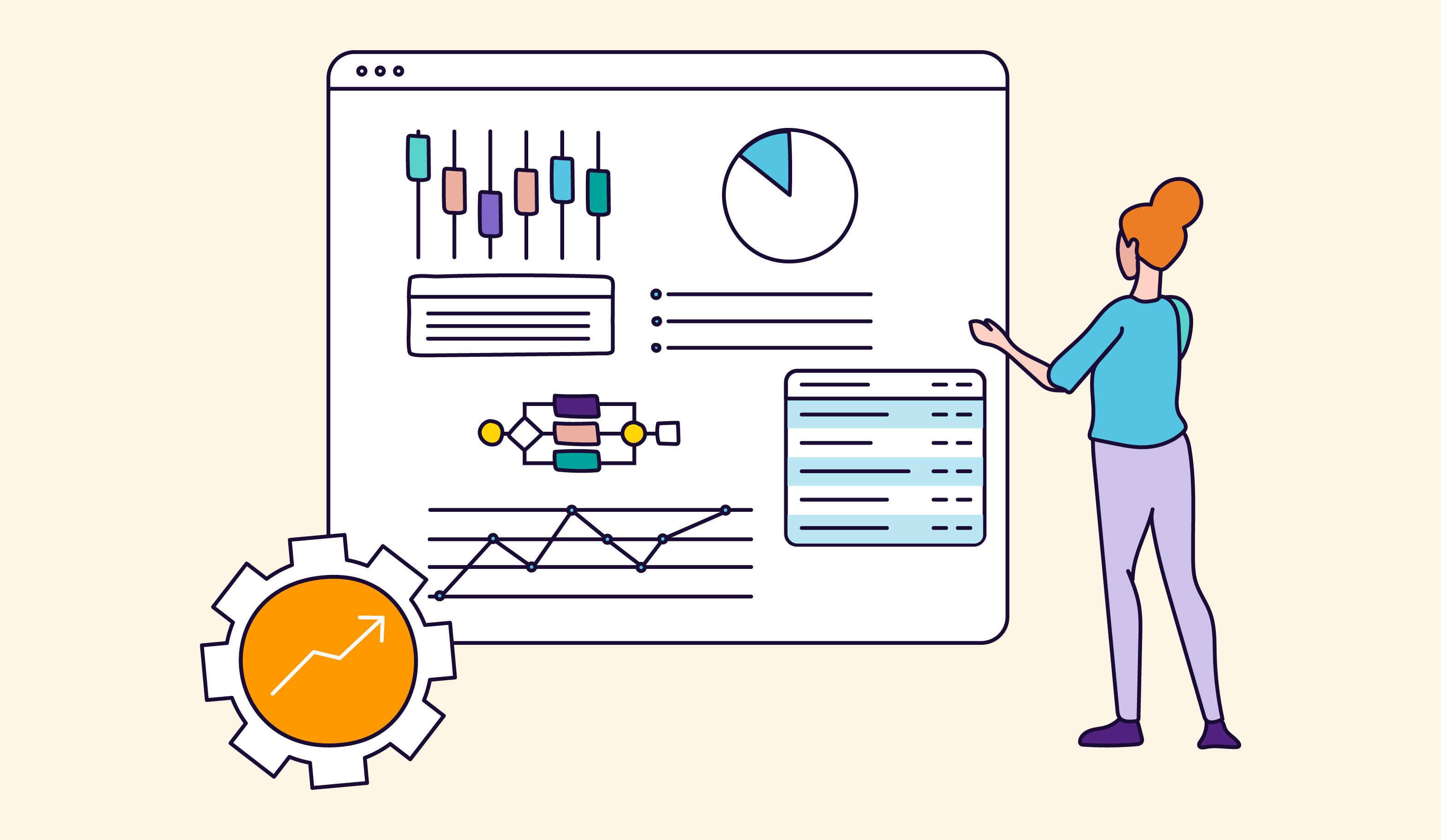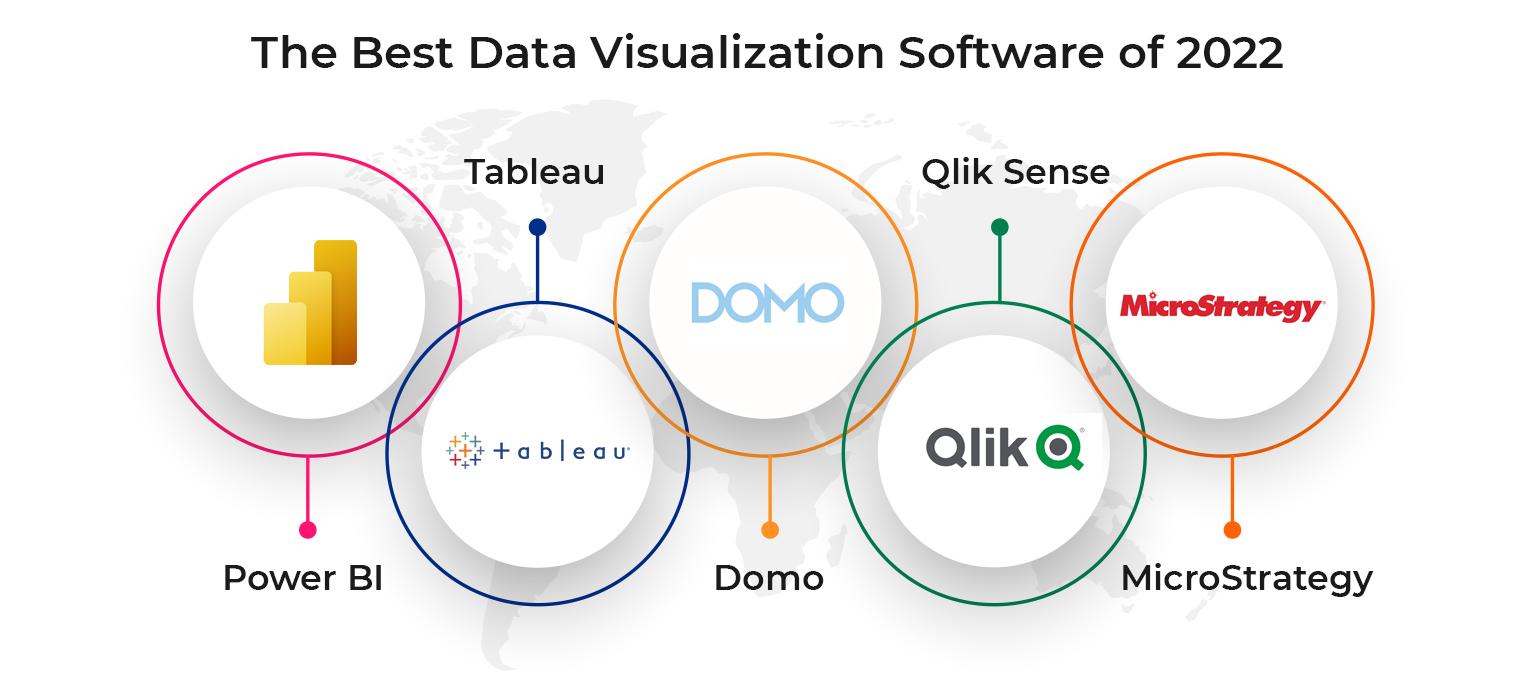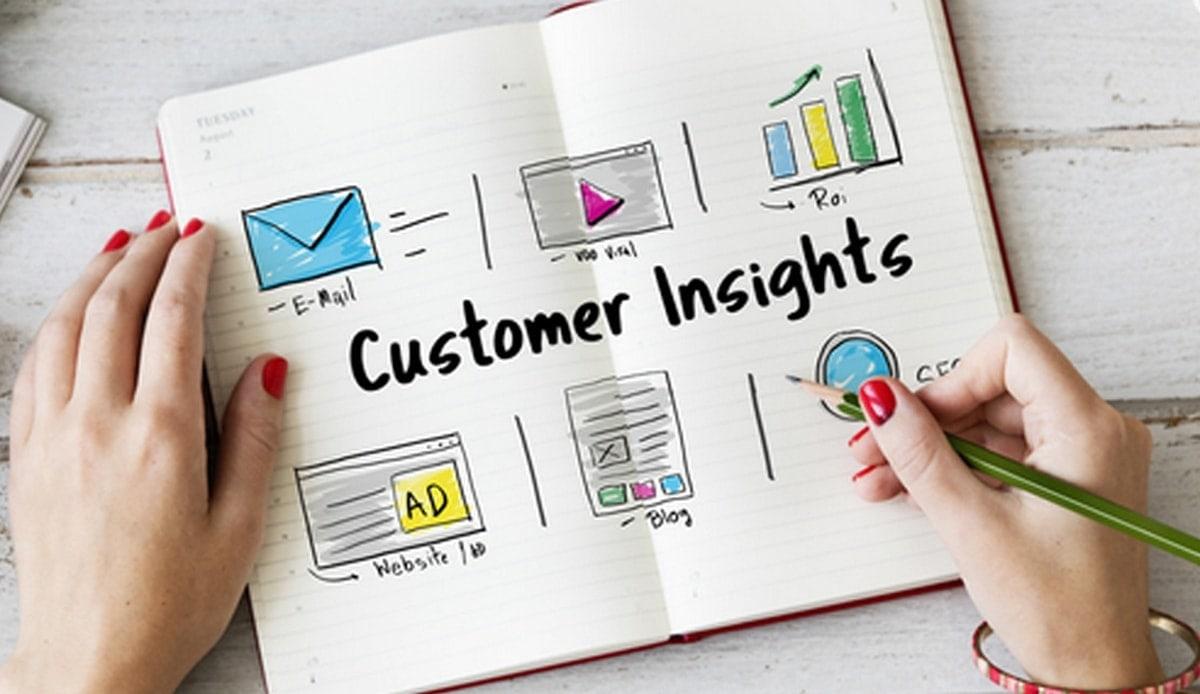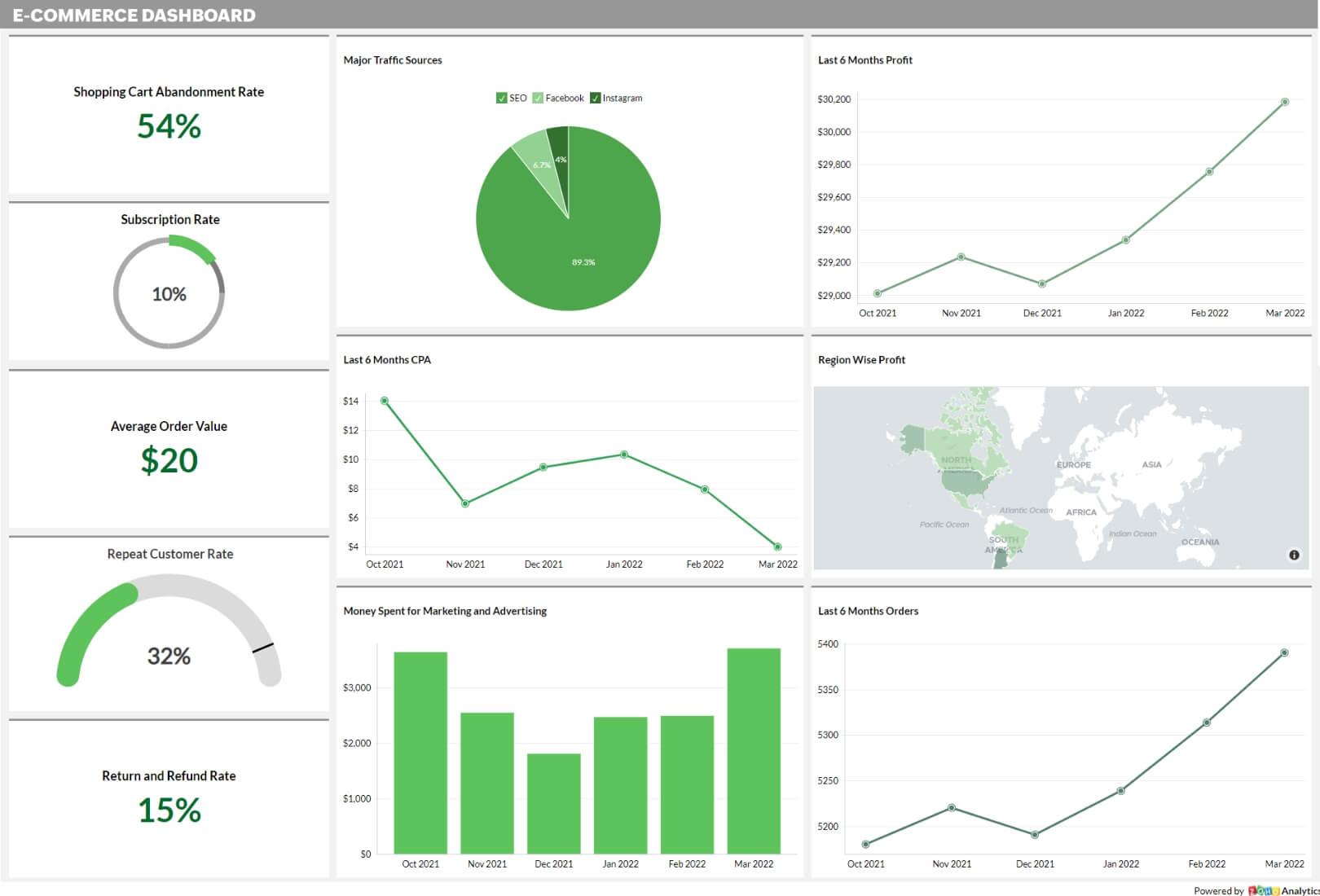In the fast-paced world of e-commerce, the difference between a thriving business and one that struggles to keep its virtual doors open often hinges on the ability to harness data effectively. With countless transactions taking place daily, the sheer volume of information can be overwhelming, yet it also holds the key to unlocking unparalleled growth and customer satisfaction. Welcome to a journey through the landscape of e-commerce analytics tools—where data meets strategy and insights transform into actionable results. In this article, we will explore some of the top analytics tools that empower entrepreneurs and established businesses alike to decode consumer behavior, optimize operations, and ultimately, foster success in an ever-evolving digital marketplace. Join us as we delve into the features, advantages, and unique offerings of these essential instruments, designed to illuminate the path toward e-commerce excellence.
Exploring the Essential Metrics for E-commerce Success
When it comes to achieving success in the bustling world of e-commerce, understanding and analyzing key metrics is crucial. Among the most vital metrics for online retailers are:
- Conversion Rate: This metric measures the percentage of visitors who complete a desired action, such as making a purchase. A higher conversion rate indicates effective marketing and customer engagement strategies.
- Average Order Value (AOV): Calculated by dividing total revenue by the number of orders, AOV provides insights into customer purchasing behavior, helping businesses refine their product bundling and upselling techniques.
- Cart Abandonment Rate: This metric tracks the percentage of shoppers who add items to their cart but leave without completing the purchase, offering critical feedback on potential friction points in the checkout process.
- Customer Lifetime Value (CLV): Understanding the total revenue a customer brings over the duration of their relationship with the business allows for smarter marketing investments and retention strategies.
Leveraging the right analytics tools can significantly enhance your ability to monitor these metrics effectively. Consider utilizing platforms that offer comprehensive reporting features, such as:
| Analytics Tool | Key Features |
|---|---|
| Google Analytics | In-depth traffic analysis, user behavior tracking, conversion goals, and e-commerce reporting. |
| Hotjar | User behavior insights through heatmaps, session recordings, and feedback polls. |
| Klaviyo | Advanced segmentation and predictive analytics for email marketing effectiveness. |
| Shopify Analytics | Integrated reporting tools for sales, customer behavior, and marketing performance on Shopify stores. |

Diving Deep into the World of Data Visualization Tools
As e-commerce continues to grow, the need for effective data visualization tools becomes more pressing. These tools are essential for transforming complex datasets into intuitive, actionable insights that can drive strategic decision-making. By leveraging interactive dashboards, charts, and graphs, e-commerce businesses can monitor key performance indicators (KPIs) such as sales trends, customer behavior, and inventory levels with ease. The right tools can pivot raw data into visual representations that not only highlight areas for improvement but also showcase successes, making it easier for teams to communicate findings and align on objectives.
When evaluating data visualization tools, several features stand out as vital for e-commerce analytics. Key attributes include:
- User-Friendly Interface: Ensures quick adoption by team members.
- Real-Time Data Processing: Allows businesses to react swiftly to market changes.
- Customizable Reporting: Lets users tailor visualizations to specific business needs.
- Integration Capabilities: Facilitates seamless connection with e-commerce platforms and other tools.
These factors empower organizations to harness their data effectively, leading to improved operational efficiencies and enhanced customer experiences.

Harnessing Customer Insights to Drive Sales Growth
The key to exponentially increasing sales lies not just in the products offered, but in understanding the customer’s journey and preferences. By leveraging advanced analytics tools, businesses can uncover valuable insights that shape marketing strategies and enhance the customer experience. With features like customer segmentation and behavioral tracking, e-commerce platforms can analyze data across various channels to identify buying patterns and preferences. This allows businesses to tailor their offerings and messaging, ensuring a more personalized shopping experience.
Additionally, aggregating customer feedback and analyzing purchase trends helps organizations stay agile in a competitive market. Tools like heat maps and click-through rate analysis can pinpoint areas where customers may drop off in the sales funnel, allowing for strategic adjustments that optimize user navigation. To make this process seamless, consider integrating the following essential features in your analytics toolkit:
- Real-time data tracking – Monitor customer interactions as they happen.
- Predictive analytics – Forecast future buying behavior with accuracy.
- Cross-channel data integration – Combine insights from web, mobile, and social platforms.

Maximizing ROI with Predictive Analytics Solutions
In today’s fiercely competitive e-commerce landscape, leveraging predictive analytics can significantly enhance your return on investment. By harnessing the power of data analytics tools, businesses can accurately forecast consumer behavior, optimize inventory levels, and tailor marketing strategies to meet the needs of their target audience. This proactive approach allows e-commerce companies to address trends before they emerge, ensuring that they stay one step ahead of competitors.
To successfully integrate predictive analytics into your e-commerce strategy, consider the following key areas:
- Customer Segmentation: Identify and understand distinct groups within your customer base to personalize marketing efforts.
- Sales Forecasting: Utilize historic sales data to predict future demands and adjust inventory accordingly.
- Demand Planning: Optimize stock levels based on anticipated trends, reducing overhead costs and waste.
- Churn Prediction: Analyze customer behavior to detect those at risk of disengagement and implement retention strategies.
Investing in state-of-the-art predictive analytics solutions can transform the decision-making process and uncover new revenue streams. Below is a table outlining some of the most effective tools available, highlighting their key features:
| Analytics Tool | Key Features | Suitable For |
|---|---|---|
| Google Analytics | Website traffic analysis, consumer behavior tracking | All e-commerce businesses |
| Tableau | Data visualization, dashboards, real-time analytics | Medium to large enterprises |
| Mixpanel | User engagement tracking, cohort analysis | Mobile and web apps |
| IBM Watson Analytics | Predictive modeling, natural language processing | Data-driven enterprises |
To Conclude
As we conclude our exploration of the vibrant landscape of e-commerce analytics tools, it’s clear that the right insights can unlock unprecedented pathways to success. With a plethora of options at your fingertips, each tool offers unique features tailored to different needs and business models. Whether you’re striving for deeper customer understanding, improved sales tracking, or enhanced marketing strategies, there’s an analytics tool that can empower your journey.
The key is to evaluate your specific goals and challenges, choosing the tools that resonate with your vision. Embrace data-driven decision-making, and watch as your e-commerce initiatives evolve with actionable insights. Remember, in the fast-paced world of online commerce, adaptability is crucial, and leveraging the right analytics resources can make all the difference.
So, as you venture forth into the dynamic realm of e-commerce, equip yourself with these powerful tools. Let the data guide your path, and unlock the potential for success that awaits. The future of your online business is just a click away. Happy analyzing!



